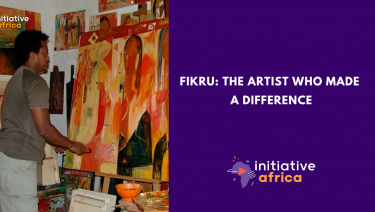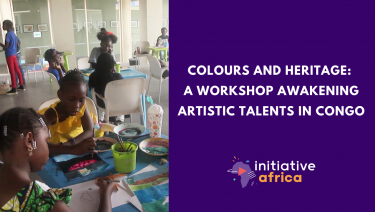Sub-Saharan Africa: a landmark architectural guide that Africa deserves

Dandaji, Niger, where a derelict mosque was transformed into a library that shares its site with a new village mosque. | Atelier Masomi, Instagram: @dompublishers
Michael Sommers
Architects Philipp Meuser and Adil Dalbai discuss the challenges involved in producing and editing the recently published groundbreaking Sub-Saharan Africa Architectural Guide.
“If you walk into a kindergarten class in Germany and ask the children to draw an example of African architecture, they’ll draw an adobe hut with a thatched roof.”
Architect Philipp Meuser is discussing one of many insights he and his co-editor and fellow architect, Adil Dalbai, have gained while researching, producing and editing the Sub-Saharan Africa Architectural Guide. Independently financed and published in 2021 by Meuser’s Berlin-based publishing house, DOM, the seven-volume guide is as groundbreaking as it is epic with 200 articles from more than 350 contributors, featuring 850 significant buildings from 49 African countries. To refer to the project – which took over six years to complete – as ambitious is an understatement.
More impressive than the numbers are the discussions the guide has engendered – which is where Meuser’s reference to German kindergartner’s artistic intuitions comes in.
“One of the most surprising things I took away from this project is that even though German colonial history in Africa ended 100 years ago, colonialist terms are still embedded in our language – and we need to erase them.”
Challenging Misconceptions
Adil Dalbai concurs that in the West there are multiple misconceptions surrounding African architecture, beginning with the notion of whether African architecture exists at all.
“More than a single misconception, there’s a fundamental lack of knowledge,” he explains. “Although you have some very specific expertise, most people are very surprised in terms of the fundamentals of how an African city looks, the built realities.”
Of prime importance to the editors is to clear up such misconceptions while promoting a new dialogue on African architecture, including potential solutions for problems ranging from urban sprawl to slum agglomerations. Their guide embraces not only a vast diversity of styles – from traditional and colonial to modernist and contemporary – but also a plurality of voices and backgrounds, from renowned U.S.-based scholars to young local architects working in remote areas of the continent.
A Whole Mosaic
A major challenge was balancing 49 country chapters, each with its own authors, each ultimately comprising an autonomous book within a book. Says Dalbai, “We didn’t want to harmonize the voices, but we did want the guide to have a clear structure so that readers don’t get lost amid the 3,400 pages.”
The desire to make a beautiful guide with striking images that would appeal to laypeople posed further challenges. “It wasn’t always easy to get high-quality images,” admits Dalbai. “South Sudan, for example, is in the midst of a civil war. In other areas, it’s prohibited to photograph public buildings and police control is strict.” Dalbai says that he and several other contributors were arrested. “Sometimes it took some persuasion,” he adds.
With such a wealth of material, the editors added an extra volume, a theoretical and historical overview of contemporary architecture across the continent, unprecedented in its scope. Previous works about sub-Saharan African architecture have “just been fragments of the mosaic,” says Meuser.
“Although we didn’t fully succeed in revealing a whole mosaic in its entirety, we hope others will be motivated to continue with similar projects. That’s what Africa deserves.”
Copies of the Sub-Saharan Africa Architectural Guide will be donated to African architecture schools and their libraries via the Architecture is Free Foundation, providing students with free access to the guide.
The Sub-Saharan Africa Architectural Guide is also currently available for purchase via DOM’s webshop for 198 Euros (excluding shipping).
See also
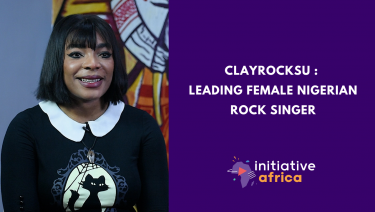
CLAYROCKSU, leading female Nigerian rock singer
She grew up singing in church and ended up fronting Nigeria’s rock scene. In this exclusive interview, Clayrocksu opens up about what it means to be a rock artist and a woman in a country dominated by Afrobeats. From her early days mixing Igbo and English lyrics, to building a community of Afro-rock musicians, she shares how music became a form of rebellion, healing, and identity. Between faith, family, and fire, her voice carries a message for all the misfits who refuse to fit in. Journalist: Sharafa

MAMADOU MBODJI: President of the African Friends of Nature Network
“Africa on the Front Lines of Climate Change: Understanding, Acting, Resisting” In this exclusive interview, Mamadou Mbodji, President of the African Friends of Nature Network, reflects on three decades of fighting for climate justice. His message: “Africa can no longer wait. There is an African emergency.” An essential exchange, full of warning and hope. Journalist: Laurence Soustras
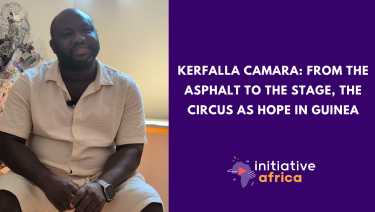
Kerfalla Camara: From the asphalt to the stage, the circus as hope in Guinea
Making circus a lever for education and social change. Born in the streets and trained in the circus, Kerfalla Camara is now the head of Circus Baobab, Guinea's first circus company, which has become a benchmark in West Africa. In this exclusive interview, he discusses: - The rebirth of Circus Baobab, a socially engaged circus - The fight to provide education to out-of-school children - The Guinean cultural roots in each show - The courage to tackle taboo subjects, such as female genital mutilation, in their latest creation, Yongoyely A powerful account of art as a tool for emancipation and social transformation. Journalist: Alexandra Vépierre
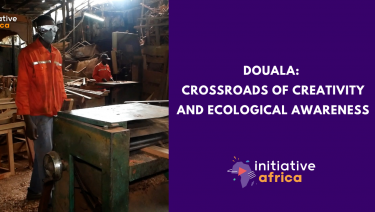
Douala: Crossroads of Creativity and Ecological Awareness
In Cameroon, the artisanal woodworking industry is taking an eco-responsible turn. Faced with increasing deforestation, some sculptors, like Jean-Claude Dongmo, are choosing to recycle abandoned materials into unique works of art. In this report filmed in Douala, discover how these artisans: - Reinvent their traditional know-how - Train young people in sustainable trades - Contribute to the preservation of Cameroon's forests An immersion at the intersection of art, knowledge transfer, and environmental commitment. Journalist: BOUNYA Maxime Farrel
